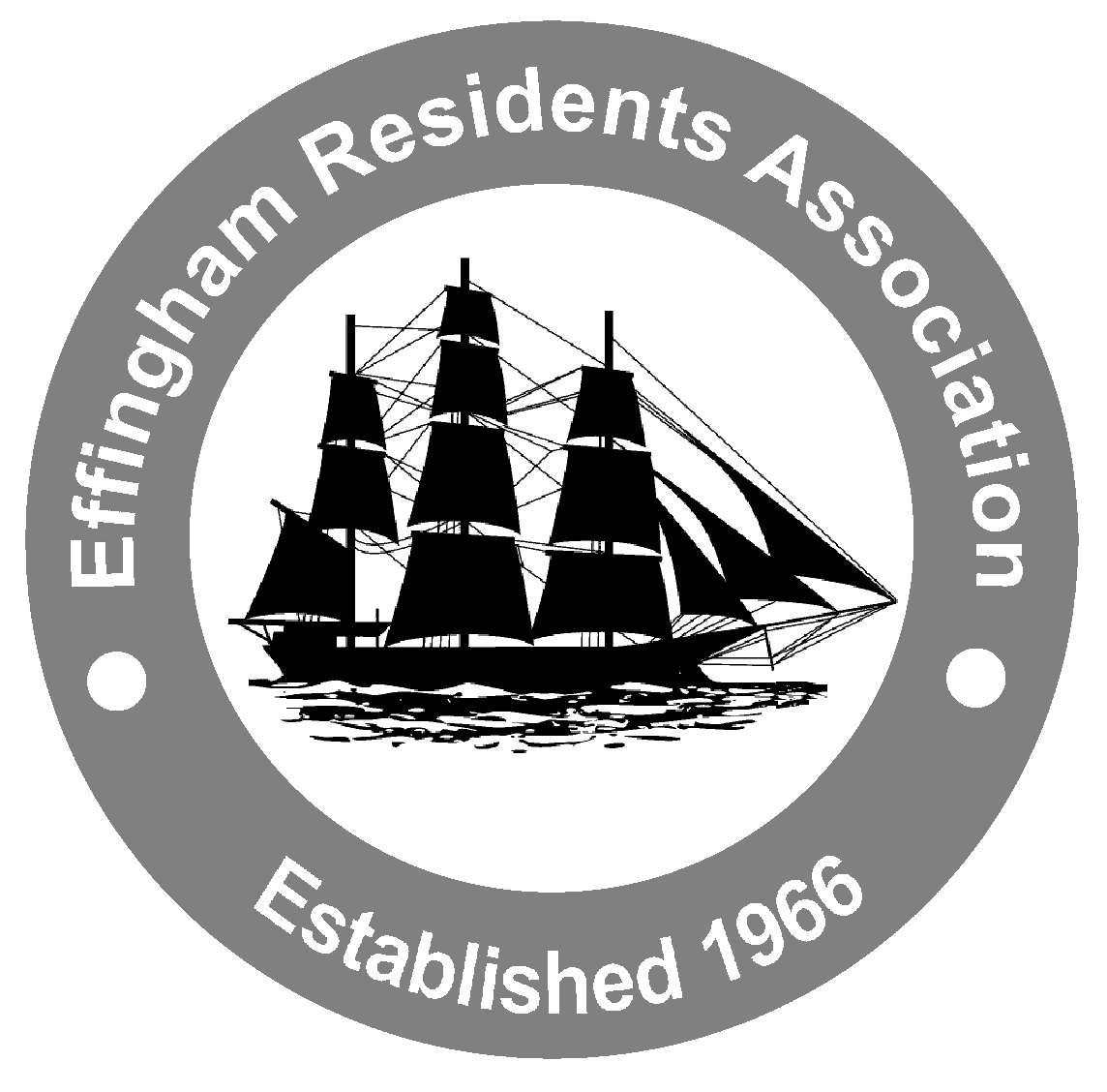Common Land is the wasteland of a manor, which the Lord of the Manor had granted certain rights to others, normally the local peasants, without charge (Commoner Rights). The wasteland was land that the manor did not use. The origin of these rights has been lost in the mists of time, but probably ancient rights. The first law regarding Common Land is the Statute of Merton, 1236, which permitted the Lord of the Manor to inclose, or otherwise improve, the wastes and commons of the manor, only if he left sufficient common pasture for his free tenants. Today with the split up of many manors, ownership of the land has been split up. Only specific people had Commoners rights, which are attached to a particular property, rather than to an individual person. Commoners Rights are specific, and can include the right to pasture a particular livestock, or the right of estoves (collect firewood).
Common Land should not be confused with Common Fields. The open-field system was prevalent in the Middle Ages. Each manor or village had a few large fields that were divided into narrow strips of land. Each strip of land was cultivated by tenants or serfs of the manor. The Lord of the Manor levied rents and required the peasantry (tenants or serfs) to work on his demesne (personal lands). The Common Fields of Effingham were enclosed in the 19th century, and have been developed with the houses south of the A246 and Effingham Golf Club.
Many Commons have been lost, for example Effingham Upper Common was enclosed in the 19th century. Remains of the Common boundaries can still be seen in the landscape, located in the south of the parish on the North Downs.
Registered Common Land is land registered as Common Land under the Commons Registration Act 1965. This meant that Commoners Rights had to be proofed. A register is maintained under the Commons Act 2006, of all registered Common Land. Effingham has three parcels of Registered Common Land
- CL24 – Effingham Common (includes Banks Common owned by National Trust)
- CL60 – Banks Lane
- CL438 – South Eastern part of Bank’s Common
Ownership of these three registered Commons is complicated, as Land Registry records 130 different parcels of land. Some of these parcels of land may only have a very small fraction that is registered Common Land. Guildford Borough Council own the largest proportion of Effingham Common, and National Trust own part of Banks Common along with Bookham Commons.
Under the Countryside and Rights of Way Act 2000 (CROW Act), the general public were granted the right to access most Common Land but not all. For example, Hankley Common, which is an MoD training area, has no public access under the CROW Act. Although the MoD provide permissive access most of the time along the tracks around the site.
Effingham’s registered Common Land, the public have a right of access on foot for open air recreation this includes walking, bird watching, picnicking, running and climbing. This will include the right to walk dogs on Common Land – but between 1st March and 31st July, or at any time in the vicinity of livestock, the right requires dogs to be on a fixed lead of no more than two meters. Horse riders and cyclists must stick to the designated bridleways. Organised games, commercial activities, hunting, collecting rocks or plants, lighting fires are all prohibited.

